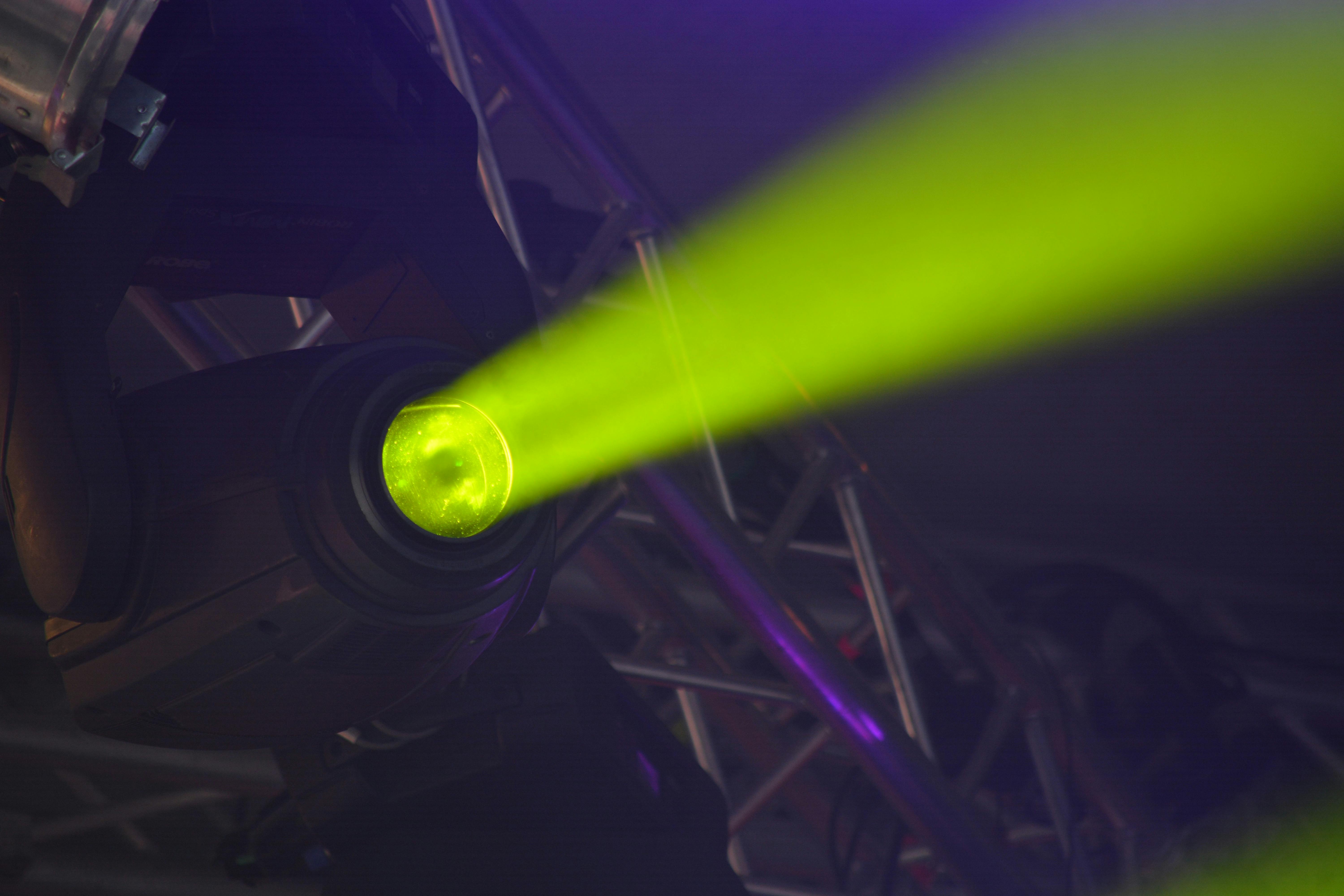Most of the time, computers running at a crawl are due to a full hard drive. Programs accumulate with each use, taking up large disk space. Get more free space and it is likely to improve the speed of PC performance.
The first thing to do when erasing the drive is to look for unnecessary files. These often come pre-installed or are programs that come along with installed apps. Most of these are not vital to the system, but they do take up huge memory space. They are like a sticky substance that clogs the system.
Disk Cleanup
Disk Cleanup is a built-in feature in Windows that helps monitor and remove unimportant data, such as temporary Internet files. Every time a user surfs the Internet, the information is temporarily stored on the PC. Without regular cleaning, these can accumulate and use a large amount of storage, especially with frequent Internet browsing.
* Open “My Computer” by clicking the computer icon on the desktop.
* Right click on the hard drive to clean. For example, wipe the primary drive “Drive C:”
* Select the “Properties” option.
* The Properties window will appear. Click the “Disk Cleanup” option.
* A window will appear with a list of files. Click on the ones you want to remove. The ones that are not important to delete include registry files, temporary files, and those in the Recycle Bin. After verifying this, click the OK button at the bottom of the window.
Disk cleanup can also be used to clean up system files. Follow the instructions above. When the window with a list appears, look for the “Clean up system files” button, usually on the left side, towards the bottom of the window.
Another way is to click the “More Options” button in the Properties window. Select the “Clean” button located under “System Restore and Snapshots.” This will delete the system restore data. All files past the current restore point will be deleted. Be careful when choosing this option. Make sure that the current point works correctly because after this process, older restore points will no longer be used.
Uninstall apps
Some apps just take up too much space. Uninstall these programs, especially if they are not that vital to the functioning of the PC. To check, open the “Programs and Features” window in the “Control Panel.” A list of programs on the PC will appear. Check the “Size” column to see how much space each app uses. If this column is not available, select the “Options” button located in the upper right corner of the list. Click “Details” to see the size of the file.
Once again, be careful with this option. File size information is not always accurate. Some applications do not show the actual disk space they are using.
Temporary files
The Windows Disk Cleanup feature does not clean everything. It will not touch the temporary files of other programs, such as those found in the browser caches of Chrome or Firefox. Browser cache uses disk space to make future access to websites faster and easier. However, this would be the least of concerns if the rest of the PC function is too slow. These files can easily use up gigabytes of storage space. When released, these gigabytes can make a huge difference in the speed of PC performance.
duplicate files
Ever noticed some files in several different folders. These duplicate files are unnecessary and clutter up the system. They take up significant space in the computer’s memory. Scan your hard drive for these and delete them.
System Restore Files
Sometimes “System Restore” has multiple restore points that consume a lot of hard drive space. Use this option with caution because fewer restore points may compromise the system when a restore is required in the future. Make sure the saved restore point is the best of the lot.
radical alternatives
There are some radical nuclear options that can be used to free up more space. However, these steps can also disable some vital features in how Windows works. Do this only when you desperately need more disk space.
Hibernation
The hibernation feature can be disabled to free up more space. The contents of RAM are saved each time the computer hibernates. The more often this happens, the more data will be saved. In this way, when the system boots, the user returns directly to the point of last use. By disabling the hibernation feature, the computer no longer saves any data from the last use, which frees up a lot of memory.
system restore
The “System Restore” function can be disabled. Like Hibernate, System Restore also saves data from restore points. Disabling this will free up some memory. Again, this is radical and will seriously compromise the system in case a restore is needed in the future.
